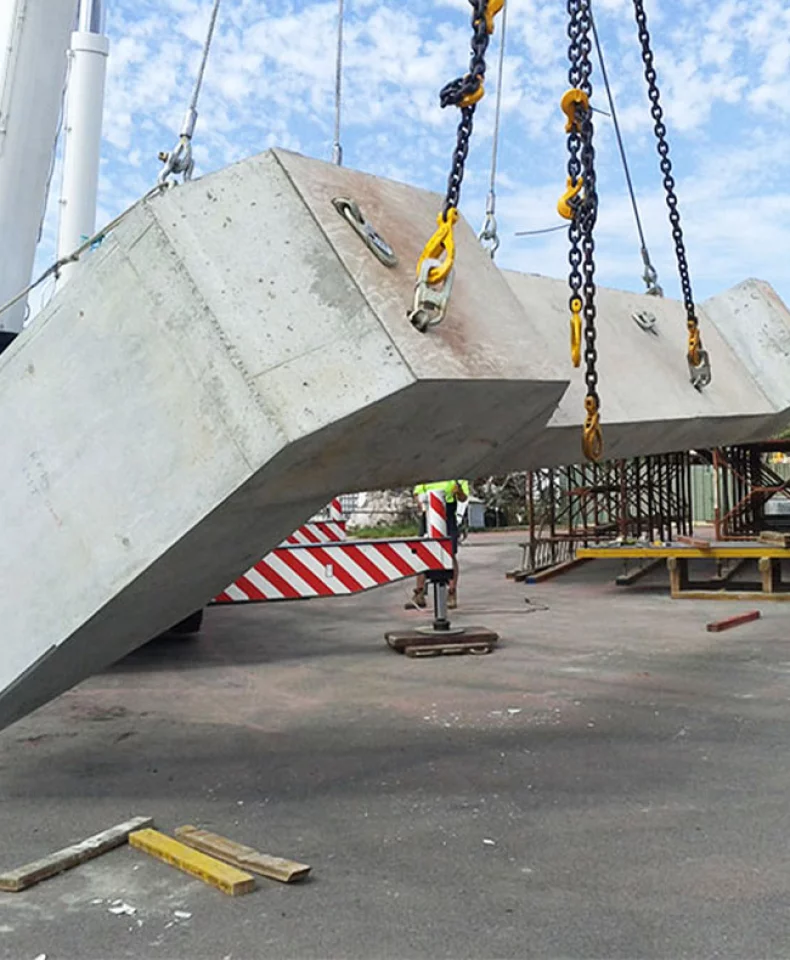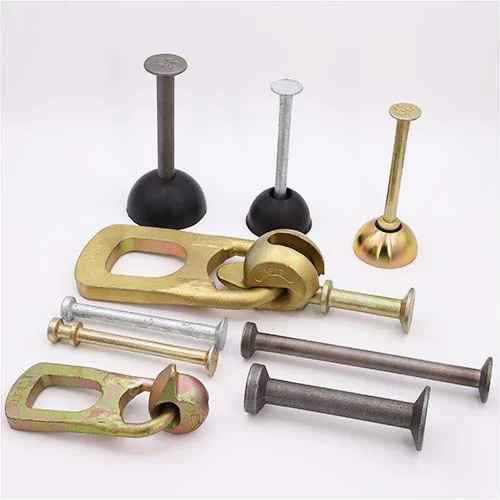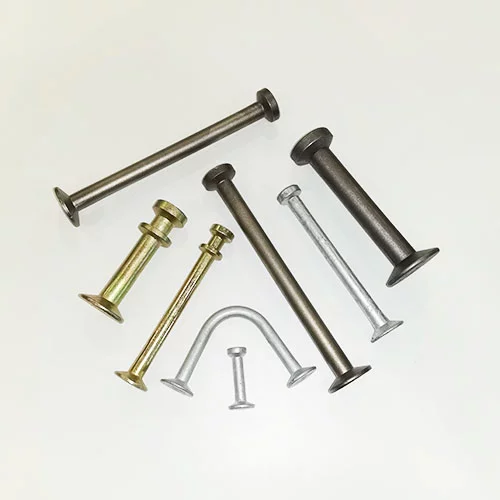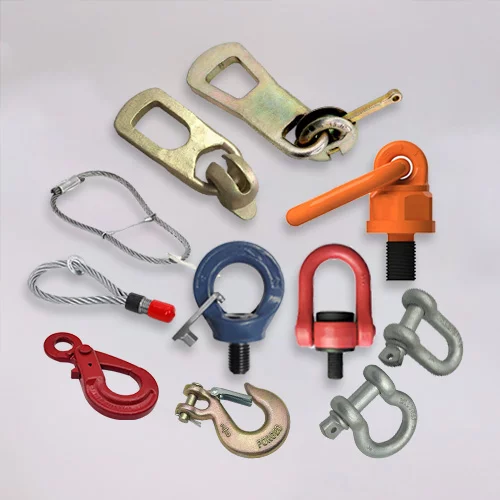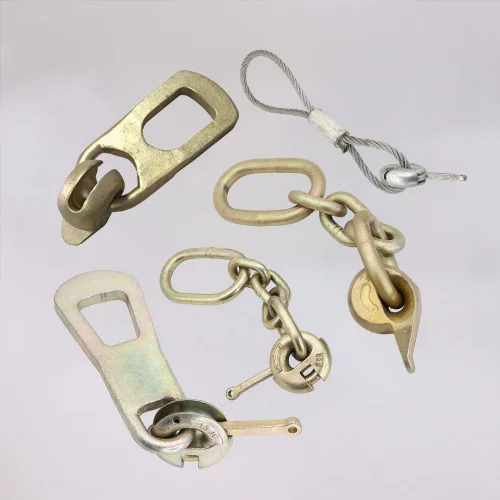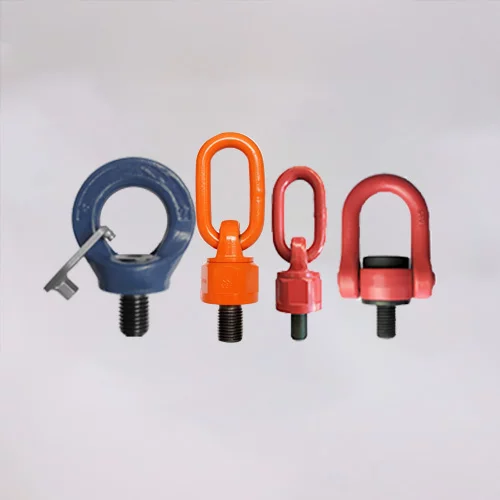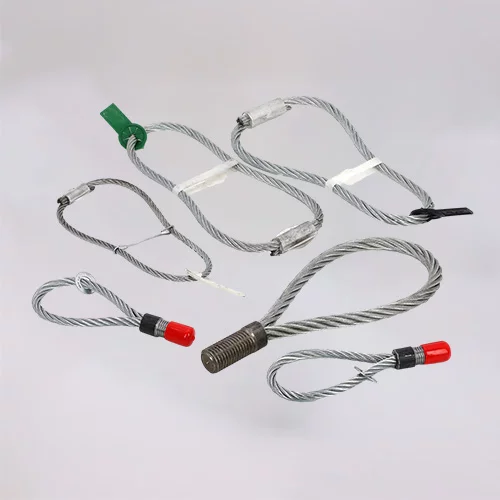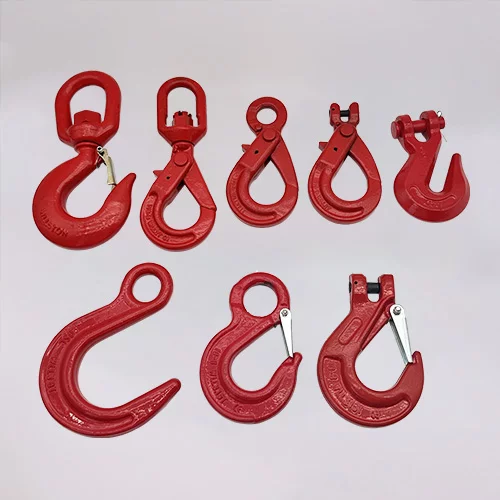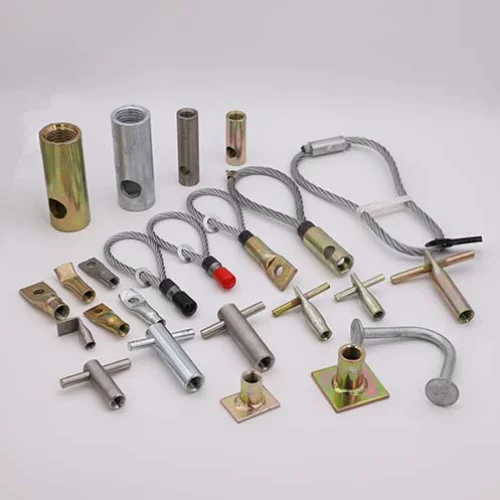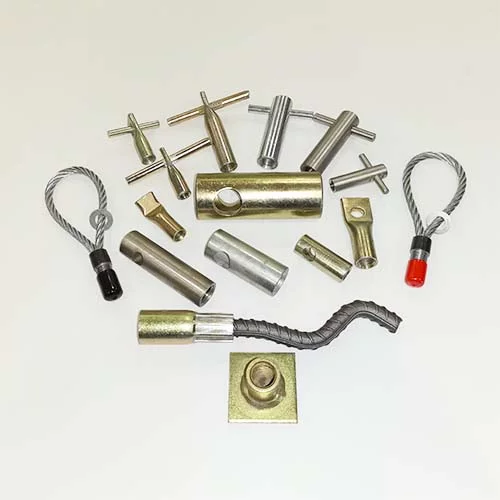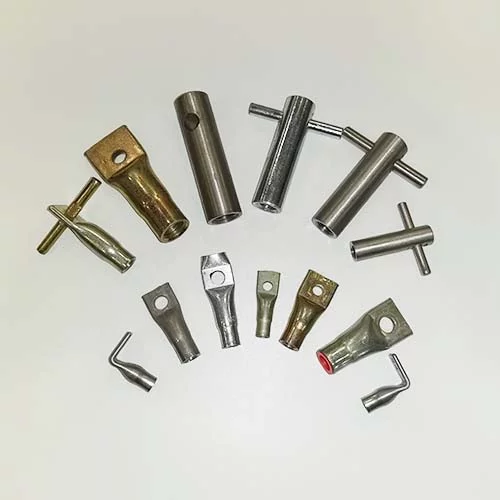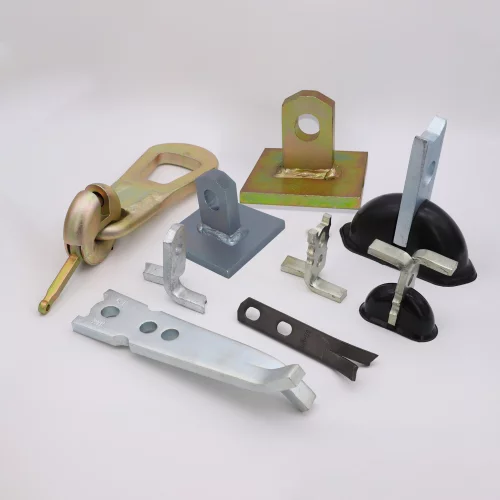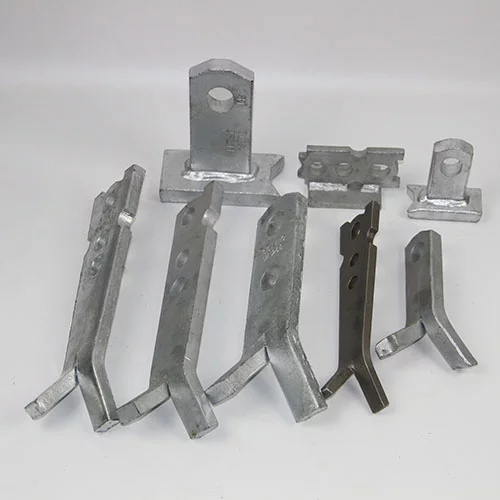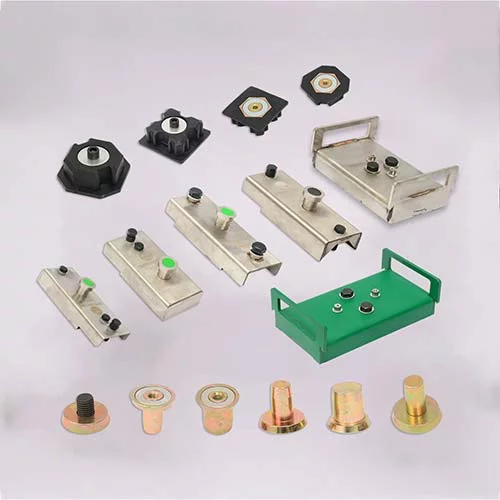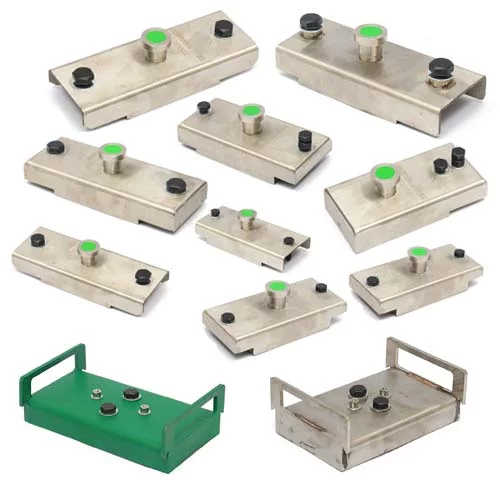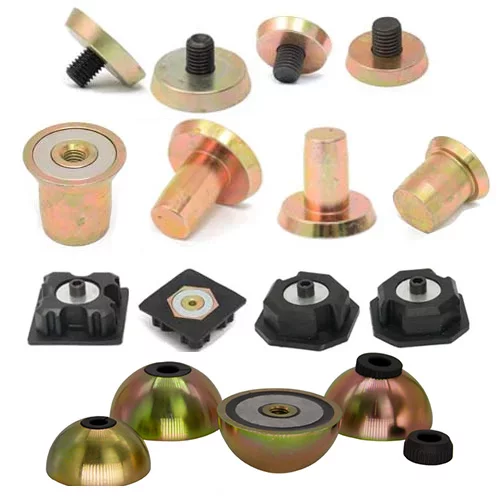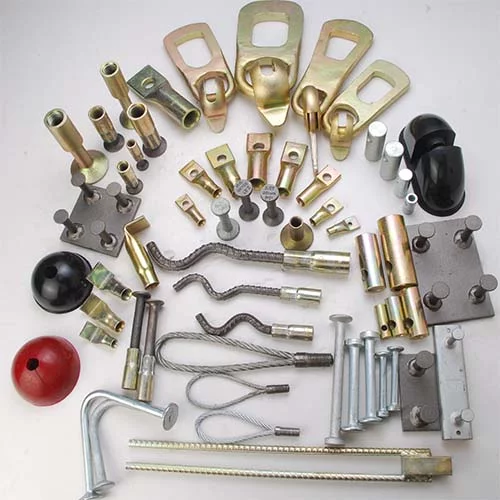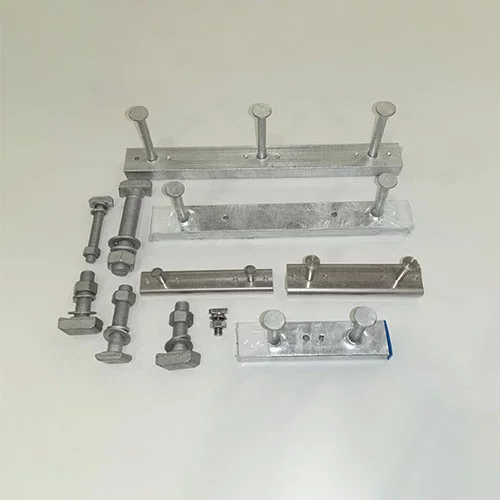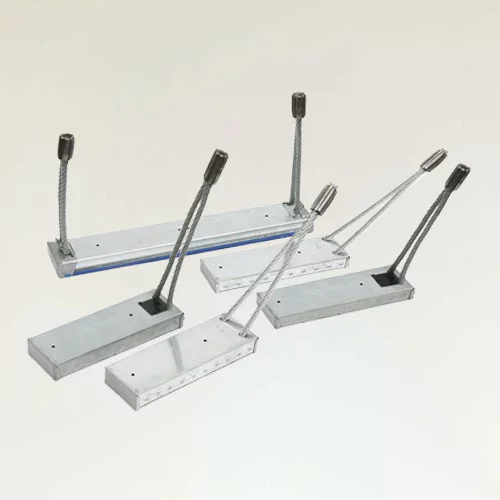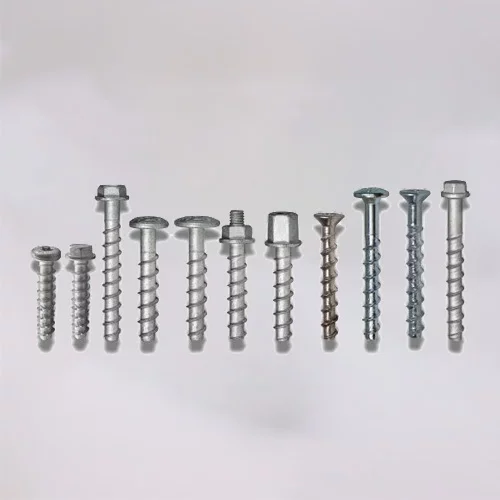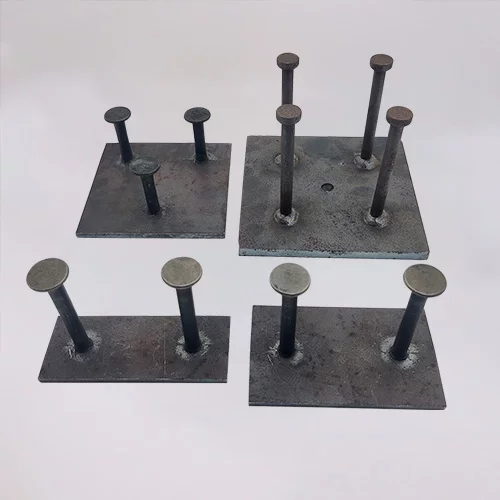Application of Precast Magnets in the Production of Precast Concrete Components

Precast concrete components have revolutionized modern construction by offering efficiency, precision, and consistency. These prefabricated elements, including walls, slabs, beams, and columns, are produced in controlled environments and then transported to construction sites for assembly. One of the key challenges in precast concrete production is ensuring the accurate positioning and secure fixation of molds and embedded elements. The introduction of magnets as a fixing solution has significantly improved the efficiency and accuracy of this process. This article explores the applications, advantages, and considerations of using magnets in the production of precast concrete components.
Overview of Precast Concrete Production
Precast concrete is manufactured by pouring concrete into reusable molds or forms, allowing it to cure under controlled conditions. Once hardened, these elements are transported to construction sites for assembly. The production process involves multiple steps, including mold preparation, reinforcement placement, casting, curing, and demolding. Each of these steps requires precision to ensure the final product meets engineering and safety standards.
Limitations of Traditional Fixing Methods
Historically, fixing methods such as mechanical clamps, bolts, and welding have been used to secure molds and embedded elements. However, these traditional approaches present several challenges:
Time-Consuming: Mechanical fasteners require drilling, screwing, or welding, leading to longer setup and removal times.
Limited Flexibility: Adjusting the position of molds or embedded components is difficult once they are fixed.
Surface Damage: Drilling or welding can damage molds, reducing their lifespan and increasing maintenance costs.
Safety Concerns: Welding and manual fastening can pose risks to workers.
Introduction of Precast Magnetic Systems
Precast Magnetic solutions have emerged as a superior alternative to traditional methods, offering efficiency, precision, and durability. These systems use high-strength magnets to secure molds, embedded parts, and recess formers, eliminating the need for mechanical fasteners.
Types of Precast Magnetic Systems
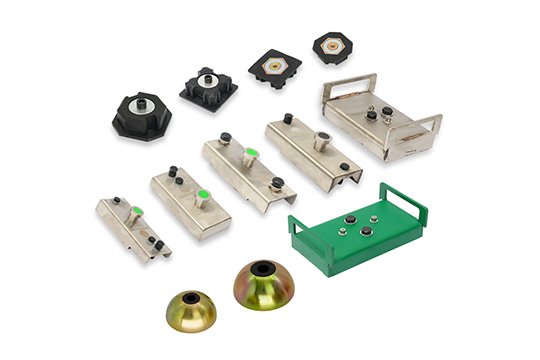
Shuttering Magnets
Shuttering magnets are specifically designed to secure formwork and molds in precast concrete production. These magnets consist of high-performance neodymium cores encased in steel housings, providing robust holding forces. A push-button mechanism enables easy activation and deactivation, allowing for quick adjustments and repositioning.
Advantages:
Time-Saving: Rapid setup and removal reduce production time.
No Surface Damage: Eliminates the need for drilling or welding.
Flexibility: Can be easily repositioned to accommodate design changes.
Magnetic Recess Formers
Magnetic recess formers are used to create indentations for lifting anchors in precast components. These formers, typically made of rubber or plastic, incorporate strong magnets that hold them securely in place within the mold.
Advantages:
Precise Positioning: Ensures accurate placement of lifting anchors.
Easy Removal: Magnets allow for quick detachment without residue.
Durability: Designed for repeated use, reducing material waste.
Concrete Insert Magnets
Concrete insert magnets are used to secure embedded elements such as sockets, pipes, and metal plates within precast components. These magnets ensure the accurate positioning of inserts before concrete casting.
Advantages:
High Holding Power: Prevents displacement during casting.
Reusable: Designed for multiple uses, lowering costs.
Enhanced Efficiency: Speeds up the production process.
Advantages of Precast Magnetic Systems
Time Efficiency
Magnetic systems significantly reduce the time required for setup and demolding. Unlike mechanical fasteners, which require manual tightening and loosening, magnetic systems can be engaged and disengaged instantly.
Precision and Consistency
Magnets provide consistent holding power, ensuring that molds and embedded elements remain in their designated positions. This leads to higher accuracy and better-quality finished products.
Reusability and Cost-Effectiveness
Unlike mechanical fasteners that wear out over time, magnetic systems are highly durable and can be reused across multiple production cycles. This reduces material costs and enhances long-term savings.
Safety Improvements
Precast Magnetic reduces the need for drilling and welding, which can pose safety hazards to workers. The elimination of these processes leads to a safer working environment.
Applications of Precast Magnetic Systems
Railway Infrastructure Projects
Magnetic systems are widely used in the production of precast railway sleepers, track slabs, and platform elements. The high precision and secure fixation offered by magnets ensure consistency in production.
High-Rise Buildings
In high-rise construction, precast components such as facade panels, floor slabs, and staircases require precise positioning. Precast Magnetic systems enhance accuracy and streamline the production process.
Municipal and Public Works
Precast components for bridges, tunnels, and drainage systems benefit from Precast Magnetic technology, ensuring high-quality, consistent, and durable structures.
Considerations When Selecting Precast Magnetic Systems
Magnetic Strength
Different applications require different magnetic forces. Selecting magnets with appropriate holding power ensures optimal performance without excessive force that could complicate removal.
Durability and Longevity
The materials used in magnetic systems must withstand harsh industrial conditions, including exposure to concrete, moisture, and high temperatures.
Compatibility with Mold Materials
Magnets should be compatible with various mold materials, such as steel and aluminum, to ensure optimal adhesion.
Ease of Operation
User-friendly activation and deactivation mechanisms improve efficiency and reduce labor costs.
Cost-Benefit Analysis
While magnetic systems may have a higher initial investment than traditional methods, their long-term benefits in terms of reusability and labor savings make them a cost-effective choice.
Contribution of HULK Metal to Precast Magnetic Solutions
HULK Metal is a leading manufacturer of Precast Magnetic solutions for the precast concrete industry. With a focus on quality and innovation, HULK Metal offers a range of products, including:
High-Performance Shuttering Magnets: Designed for secure mold fixation with superior holding power.
Customizable Magnetic Recess Formers: Engineered for precise positioning of lifting anchors.
Durable Concrete Insert Magnets: Providing reliable fixation of embedded components.
HULK Metal ensures rigorous quality control and offers customized solutions to meet the unique needs of construction projects. Their commitment to innovation and customer satisfaction has positioned them as a trusted partner in the industry.
Case Study: Successful Application of Precast Magnetic Systems
A large-scale infrastructure project involving precast bridge elements faced challenges with traditional fixing methods. The introduction of shuttering magnets reduced setup time by 40% and improved alignment accuracy. As a result, production efficiency increased, and overall project costs were lowered.
The application of magnets in precast concrete production has transformed the industry by improving efficiency, accuracy, and safety. Precast Magnetic systems offer numerous advantages over traditional methods, including reduced setup time, precision, cost-effectiveness, and enhanced safety. As construction technologies continue to evolve, magnetic solutions will play an increasingly critical role in advancing the precast concrete industry.
Article Navigation
PRECAST CONCRETE ACCESSORIES
Other Precast Concrete Accessories You Might Want to Know
You can click to learn more about HULK Metal precast concrete accessories such as lifting anchors, precast sockets, spread anchors, shuttering magnets, cast-in channels, wire loop boxes, and other precast concrete accessories you might want to know.
